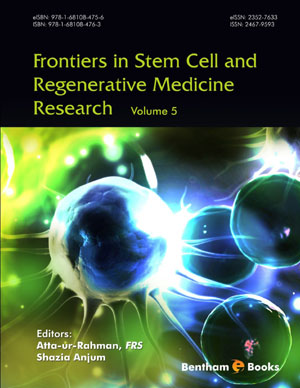Abstract
Studies on neural cell replacement therapy appear in the literature as far back as the 19th century. While FDA-approved clinical trials have been ongoing since the 1980s, pre-clinical and clinical outcomes have been variable, and the field is still widely considered to be in its infancy today. Stem cells have properties that are suited for repair of the injured central nervous system (CNS), but a primary question is how these cells can best be grafted to produce long term functional benefit to the host environment. Among the challenges in neural cell transplantation is controlling the ultimate characteristics of grafted cells, pertaining to their survival, phenotypes and performance. This chapter will discuss phenotypic fates and functional integration of neural tissue grafted in animal models of CNS disease, with focus on researchers’ current ability to anticipate graft behavior. Topics will encompass conventional and novel procedures used to treat CNS disorders with neural tissue. We will give attention to neural stem and precursor cells derived from adult, fetal and embryonic sources, as well as induced pluripotent sources, and finally the differentiated progeny of these cells.
Keywords: Astrocytes, Cell replacement therapy, Embryonic stem cells, Enzyme replacement, Graft, Immunomodulation, Induced pluripotent stem cells, Neural stem cells, Neurogenesis, Neuroinflammation, Neurons, Precursor cells, Regenerative medicine, Remyelination, Spinal cord injury, Stroke, Subgranular zone, Subventricular zone, Tissue culture, Transplant, Trophic support.






















